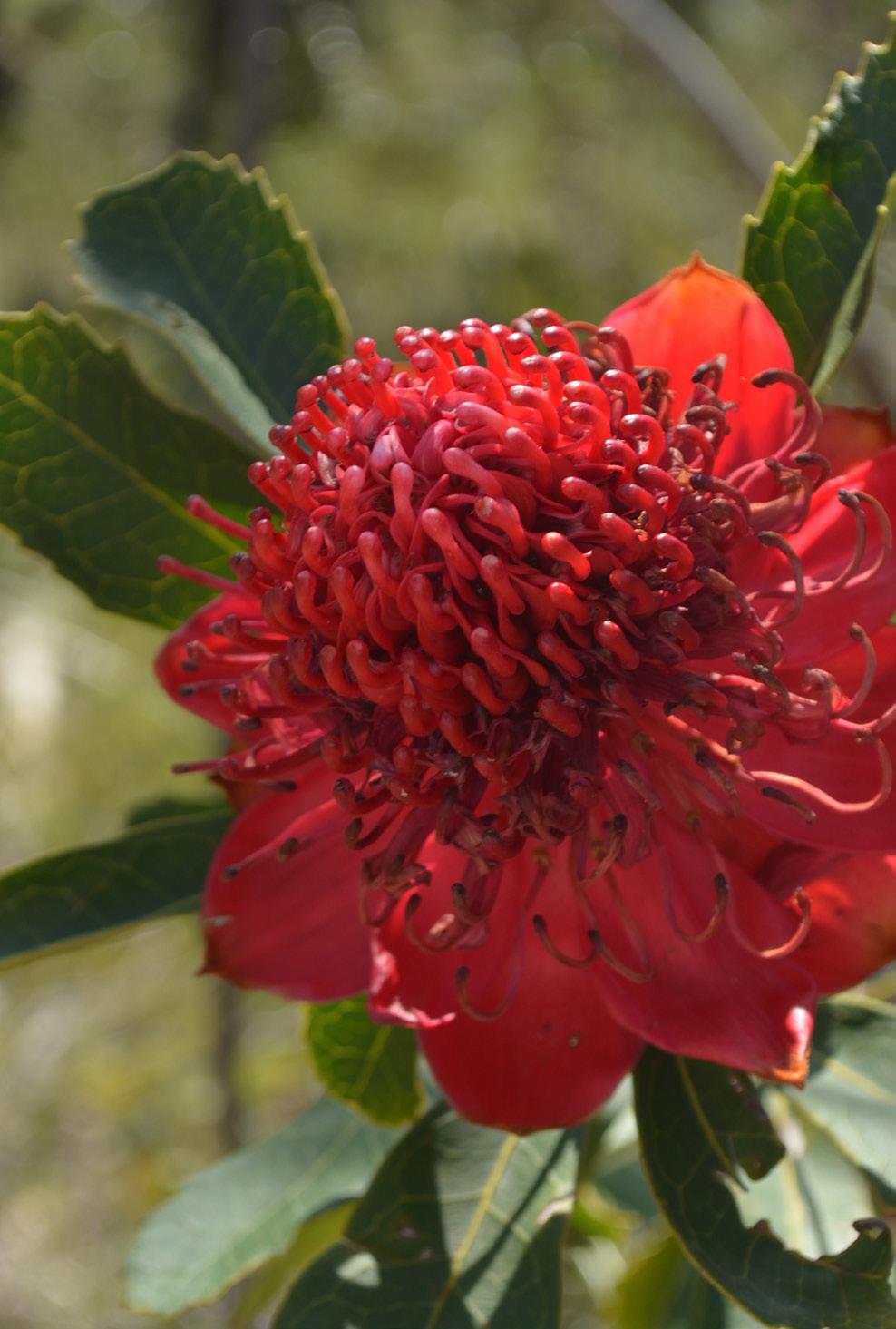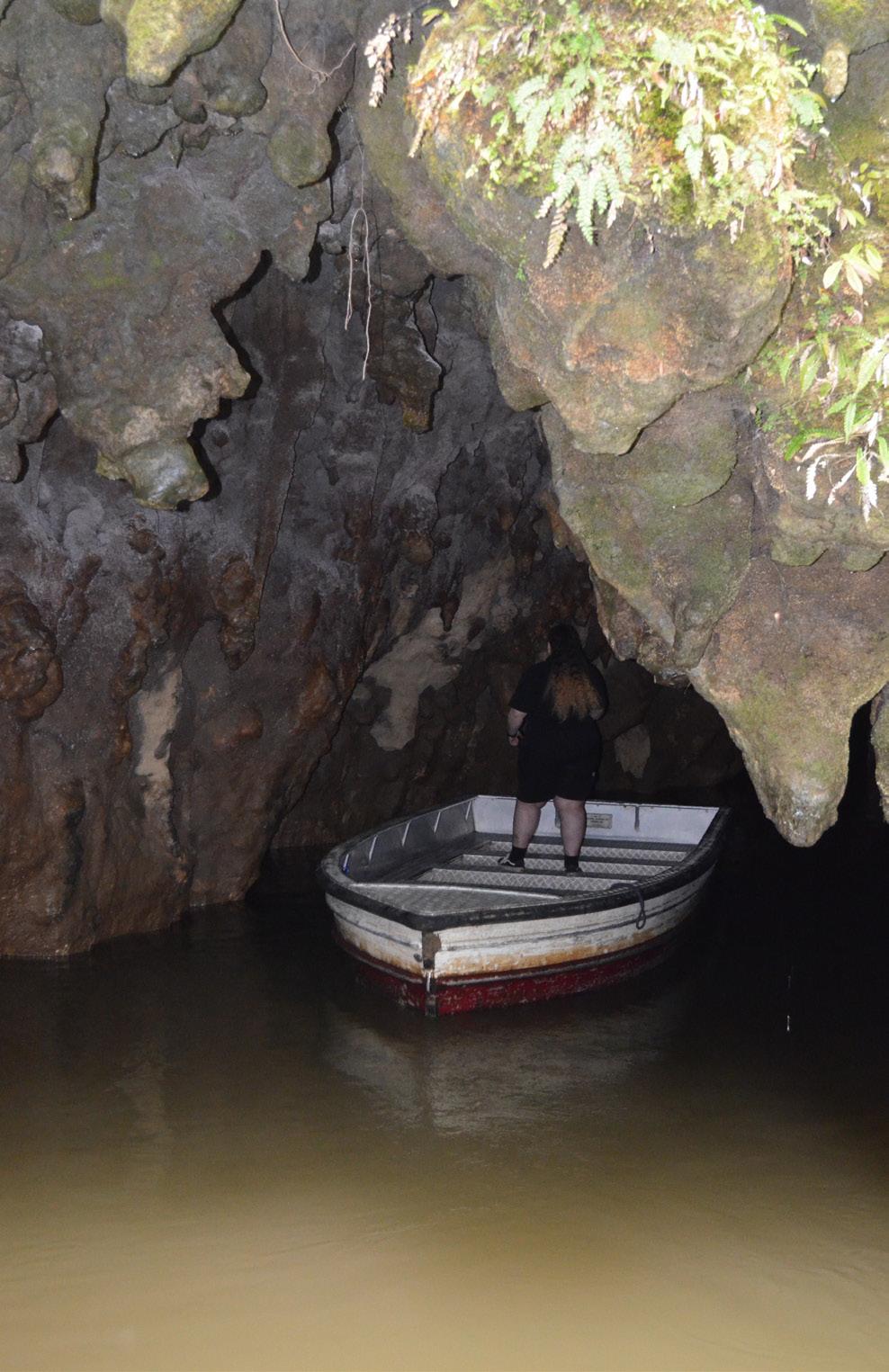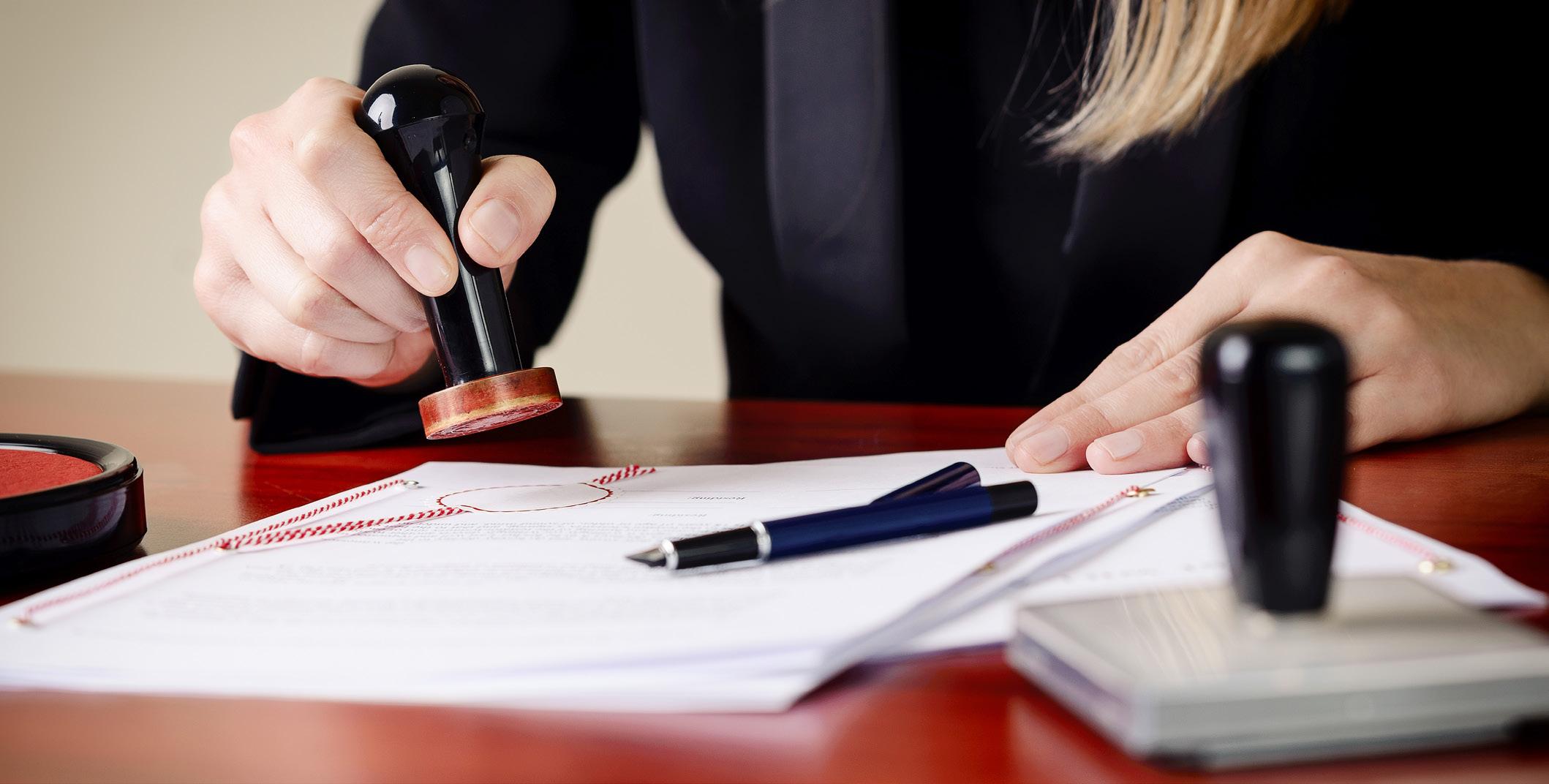
8 minute read
Australia is Welcoming: From Urban to Outback (Part 2 of 2
Hon. avi d E. Cain, Ret
With seashores and nearby mountains, skyscrapers and architectural icons, spacious inner-city parklands and botanical gardens and national parks to the north and west, it is easy to see why Sydney attracts more than 15 million visitors a year.
But the future may be clouded by the catastrophic wildfires that have spread across hundreds of miles of New South Wales southeast of Sydney toward the Tasman Sea. During our visit, there was talk of a morethan-two-year drought and spotty wildfires, but nothing like what has happened since. The British colonized Australia in 1788. The oldest shopping center in the world, David Jones, was established in Sydney in 1838. In 1888, the City Hall was built, and expansion has been rapid ever since. Metropolitan Sydney’s population is now at five million (more than the entire population of New Zealand). The total number living in Australia is 25 million and 90 percent live within 60 miles of the coast.

A visit to the Blue Mountains, about two hours west of Sydney, was part of the last leg of our train ride that began four days earlier in Perth on the West Coast some 3,000 miles away. In the Blue Mountains National Park, we took the Scenic Skyway with its glass-bottom cable cars from one 1,000-foot cliff to another, where we boarded the Scenic Railway that features a 52-degree
A highlight of the bus trip was our stop at Glowworm Cave, a 130-year private tourist attraction where visitors descend a stairway about 200 feet to board small flat-bottom boats and float through caverns sparkling from the phosphorescent light of the wingless insects attached to the walls and ceilings.
incline (steepest passenger train in the world) and descends about 1,600 feet into the Jamison Valley. There, we enjoyed the Scenic Walkway (an elevated boardwalk) before going back to the top on the Scenic Cableway.
Our hotel in Sydney overlooked Darling Bay among rows of highrise buildings that lit up at night and cast dazzling colorful reflections off the waters.

Our first morning in Sydney took us to its most glamorous sight. The panorama is on the Sydney Harbor, an inlet off the Tasman, where the endlessly photographed Opera House and the majestic Sydney Harbor Bridge came into view, with about a half mile of sea water in between. One of the longest steelarch structures on the planet, the bridge opened in 1932 and stretches 1,650 feet to connect downtown Sydney with the northern suburbs. The highest of two sets of double arches tops out at 440 feet above the bridge’s base.
Nearby, the Opera House covers a 15-acre site, at the point of a peninsula, where ancient Aborigines ceremoniously sang and danced for hundreds of years. Now, the singing and dancing in the Opera House attracts 1.5 million guests a year for some 2,000 shows that are presented in seven performing areas. In the Concert Hall that seats 2,700, a cast was rehearsing the musical “Hair.” In the Opera Hall, the running feature was “West Side Story.” That hall has 1,500 seats and an orchestra pit that actually spreads out below the stage and accommodates 75 musicians. The Opera House has a grand organ that took 10 years to build and is considered the largest musical instrument in the world with its 10,154 pipes.
The distinctive look of the Opera House comes from the three sets of shells (14 shells altogether) that are made of precast concrete and are covered with slightly more than a million ceramic tiles manufactured in Sweden. The glistening maintenance-free shells serve as the roofs and walls. If they could be rearranged, they would
all fit together to form a sphere. The Danish architect, Jorn Utzon, said he was inspired by peeling an orange. He was picked from 232 entries in 1957. Construction began in 1959, but Utzon was actually forced out in 1965 as costs far surpassed the original estimate of $7 million. They climbed to $102 million by the completion in 1973. Still, it seems like a bargain, with more than eight million people now touring the icon every year. The tip of the highest shell is little more than 200 feet high (equivalent to a 22-story building). Incidentally, Mel Gibson performed here when he was 13 years old.
Our next stop was totally different: the huge Bondi Beach that was nearly covered with sun bathers while surfers and swimmers braved the frigid waters. Early fall here is early spring in the “land down under.”
On our last full day in Sydney, we took an “outback” tour in the Ku-Ring-Gai Chase National Park that covers a 15-mile long, three-mile wide area just north of the city, a 45-minute ride from downtown. Paul, a stockbroker

until five years ago, now owns the tourist company and leads the adventures while lecturing on Aboriginal traditions, crafts and weapons. He said 98 percent of Sydney’s population has never visited the park. It contains more than a thousand Aboriginal ceremonial sites. Informational and picturesque engravings can still easily be seen in the large patches of stone that cover the hilltops. Some engravings are hundreds of feet long. The indigenous people of Australia, now about 1.5 percent of the population, have the oldest living

culture in the world (spanning 60,000 years). Although two-thirds of them live in cities and towns, others are in remote areas maintaining their traditional way of life. At one point, we traded the bus and the hiking trails for a boat to tour the river system that connects with the Pacific Ocean five miles away.
On our return to downtown Sydney, we visited an opal museum. Australia produces 95 percent of the world’s opal. After that, Mary Ann and I walked to the Sydney Harbor and took a public ferry boat to a dock near our hotel.

The next day, we flew back to Auckland on the North Island of New Zealand. At 1.5 million, Auckland is the largest city in New Zealand and accounts for a third of its entire population. We enjoyed dinner in the rotating skyway restaurant that sits on top of a 500-foot tower and offers a skywalk and/or a sky jump with a bungie cord. (We tried neither one.)
New Zealand is at the bottom of the South Pacific but is green year-round with usually mild temperatures. A three-hour bus ride south to Rotorua was super scenic, with rolling hills and mountains covered by lush green farmland filled with large herds of sheep and cattle and an abundance of rivers and streams.
New Zealand is a sharp contrast to Australia, which lies to the northwest and has large desert lands (second in size only to the Sahara) created by dry air masses sweeping in from the west.
The country is nuclear free by act of parliament. Hydroelectric plants provide 75 percent of the power with geothermal, wind farms and solar cells producing the rest.

A highlight of the bus trip was our stop at Glowworm Cave, a 130-year private tourist attraction where visitors descend a stairway about 200 feet to board small flatbottom boats and float through caverns sparkling from the phosphorescent light of the wingless insects attached to the walls and ceilings. A glowworm is the
size of a matchstick. Each one drops 20 sticky strings that catch mosquitoes and moths that fly into the caves at night. Their lifespans are 10 months. They reach adulthood but have no mouths. They live only three more days, and they drop 120 eggs per worm.
In the outskirts of Rotorua, descendants of the Maori tribes have set up the historic Tamaki Maori Village (with a modern theater and dining area) to give visitors a three-and-a-half-hour Maori cultural experience with demonstrations of ancient weapons, games, singing and dancing. The evening ended with a meal prepared in a hangi, an earthen oven where vegetables and meat simmer for hours in a pit full of hot rocks.
A day later, we visited another Maori village replica where we took a pedestrian bridge over geothermal hot pools of bubbling and smoking grey lava with small geysers spitting and spraying among rocks and rapids.
On our way back to the Auckland Airport, we visited an area which I found to be much more enjoyable than I

expected — the Hobbiton movie set, where most of “The Lord of the Rings” and “The Hobbit” trilogies were filmed. The 12-acre set has 39 Hobbit Holes nestled in flower gardens that bloom all year round. And that is surrounded by a 1,250-acre sheep and beef farm spreading over rich green hills and valleys.
The construction of Hobbiton began in 1999 for the filming of the “Lord of the Rings” later that year. Some rebuilding with permanent materials occurred in 2009 for the creation of “The Hobbit” in 2011. Ninety-five percent of Hobbiton is natural, an exception being a large tree made of steel and silicon. A walk over the arched bridge beside The Mill and dinner in the Green Dragon Inn round out the adventures for the 2,500 to 3,000 daily visitors.
Hon. David Cain, Ret.
NOTARY? Want to Become an Ohio
www.cbalaw.org/notary
The Columbus Bar Association is an authorized education and testing provider for traditional notaries under the Ohio Notary Public Modernization Act. If you want to become a notary public or renew your existing commission, we’ll assist you with each step of the process. From your background check and required education and testing to your stamps and supplies – we are Ohio’s Notary Public resource center.











